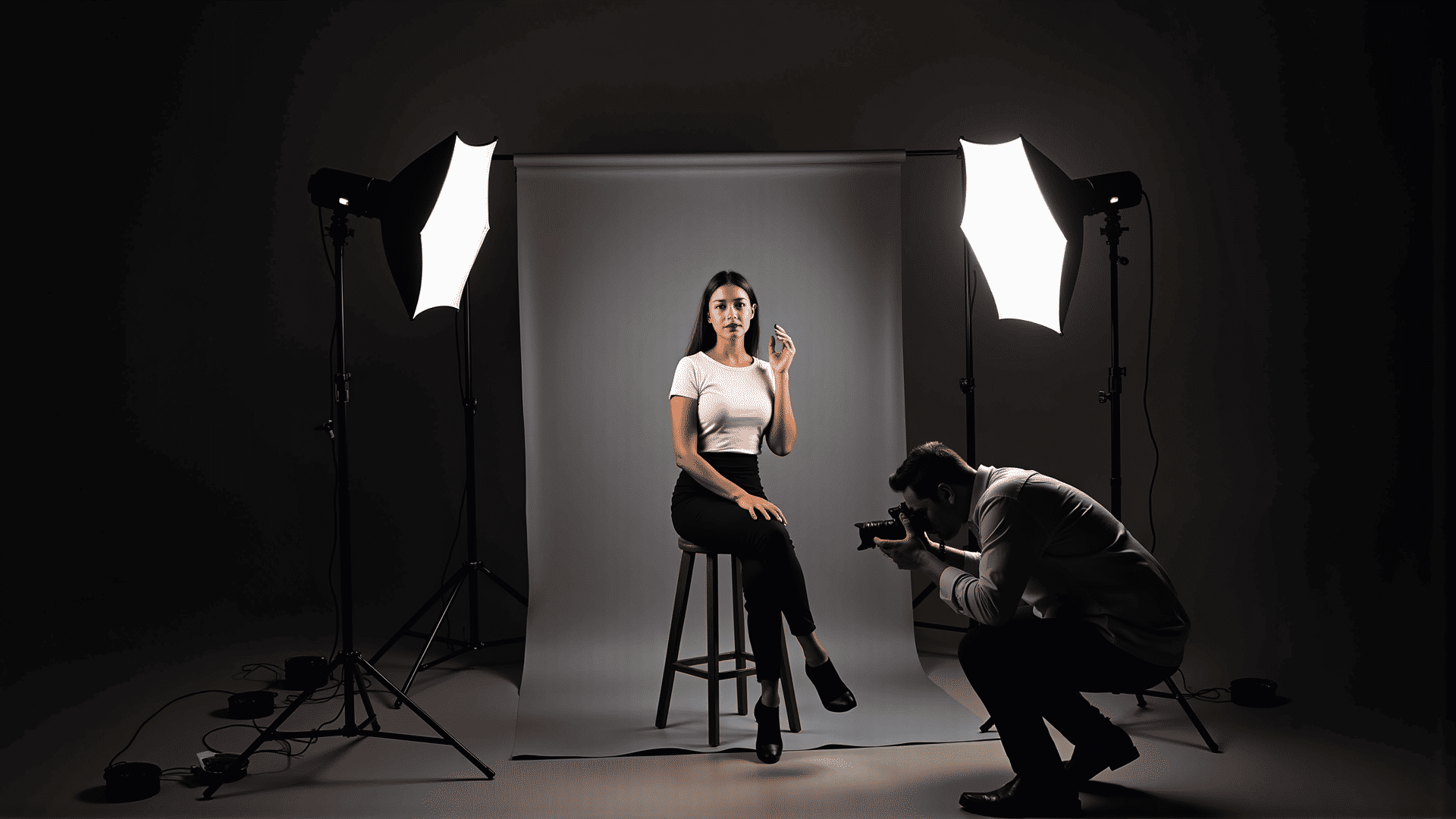Understanding how to use light effectively can dramatically transform your photographic outcomes, making your images more compelling and memorable. Light, in its infinite forms and nuances, plays an essential role in shaping the visual narrative. Here are some insights to help you harness the power of light in your photography:
Natural Light
Natural light is celebrated for its versatility and its ability to evoke genuine emotions. The time of day significantly impacts the quality and direction of natural light:
-
Golden Hour: Occurring shortly after sunrise and before sunset, this period offers soft, warm lighting that adds a magical quality to portraits and landscapes. The low angle of the sun creates elongated shadows and a gentle illumination that is flattering for subjects.
-
Midday Sun: While harsh and direct, midday light can be effectively used with the right approach. Utilize shadows creatively to introduce contrast and depth to your images. Consider positioning your subject in shaded areas to diffuse strong light.
-
Overcast Conditions: Clouds act as a natural diffuser, producing soft, even lighting that reduces harsh shadows. This is ideal for capturing vibrant colors and detailed textures without glare.
Artificial Light
Understanding artificial light sources can enhance your ability to shoot in controlled environments:
-
Studio Lighting: Mastering studio lights such as softboxes, umbrellas, and reflectors can give you significant control over light intensity and direction. Experiment with different setups to highlight your subject’s features or create specific atmospheres.
-
Continuous Lighting: This type of lighting allows you to see how light interacts with your subject in real-time. It's perfect for video work or dynamic photo shoots where you need consistent illumination.
-
Off-Camera Flash: This provides greater flexibility compared to on-camera flash. By manipulating flash positioning and strength, you can create dramatic highlights, eliminate unwanted shadows, or produce high-key images.
Light Direction and Quality
Understanding the direction and quality of light can help you to manipulate mood and focus:
-
Front Lighting: This flatters subjects by reducing shadows and emphasizing details, making it ideal for portrait work.
-
Side Lighting: Known for creating mood and texture, side lighting exaggerates features and adds depth to images, bringing out form and structure.
-
Backlighting: This produces silhouettes or halo effects when subjects are placed in front of a light source, offering a distinctive and artistic perspective.
Light Modifiers
Light modifiers are invaluable in shaping and controlling your light sources to achieve desired photographic effects:
-
Diffusers: Soften harsh light and minimize shadows by spreading light more evenly across the subject, leading to a more natural look.
-
Reflectors: Useful for bouncing light towards your subject, helping fill shadowed areas and creating a balanced exposure.
-
Gels: Add color to your light source for creative effects or to match existing ambient light conditions.
Conclusion
Mastering the art of lighting is a journey that requires experimentation and practice. By paying close attention to the nuances of both natural and artificial light, as well as utilizing light direction and quality effectively, you can uniquely manipulate the visual story told by your photographs. Embrace the light, and let it elevate your photography to fresh and exciting heights.
